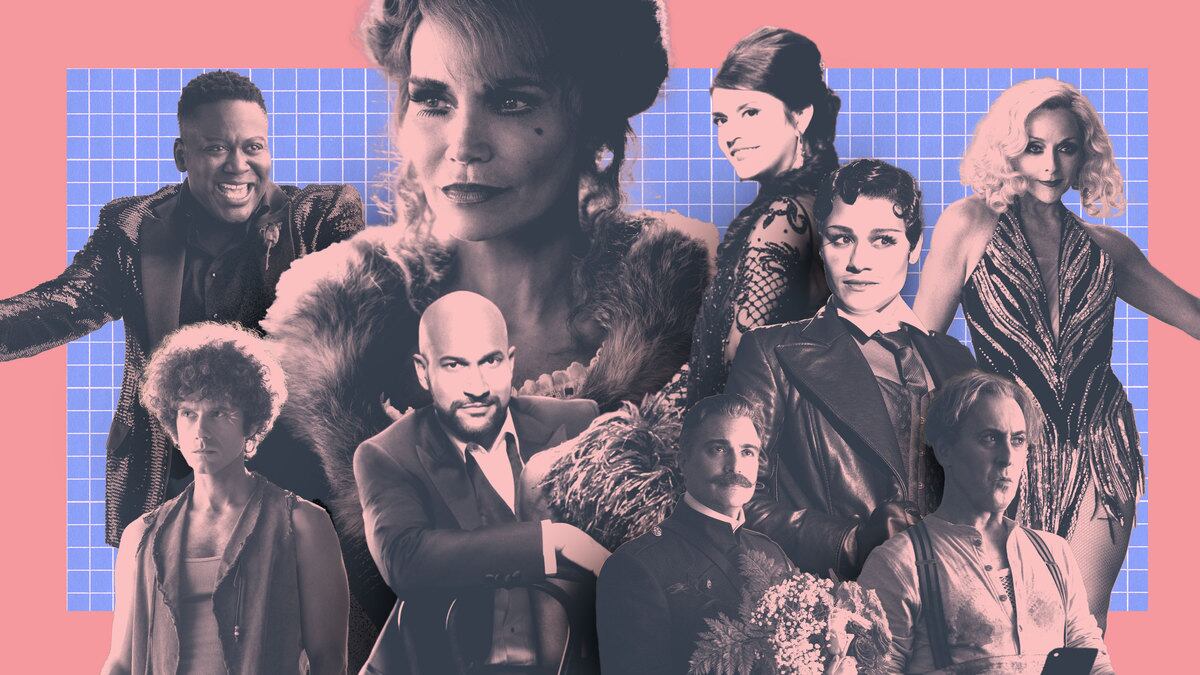The Secrets of ‘Schmigadoon!’: Creating the Bonkers Genius of the Schmicago Season
ALL THAT JAZZ
The cast and creator of Apple TV+’s wacky-and-woke musical theater satire-homage discuss making the worlds of “Pippin,” “Sweeney Todd,” and “Hair” collide—and it, somehow, work.

Trending Now





